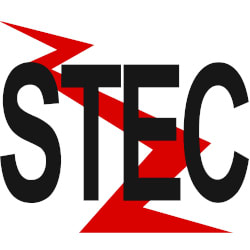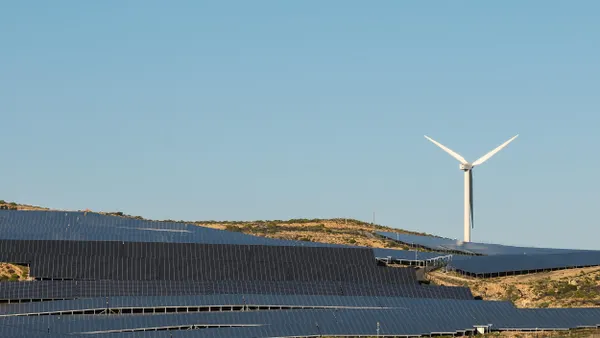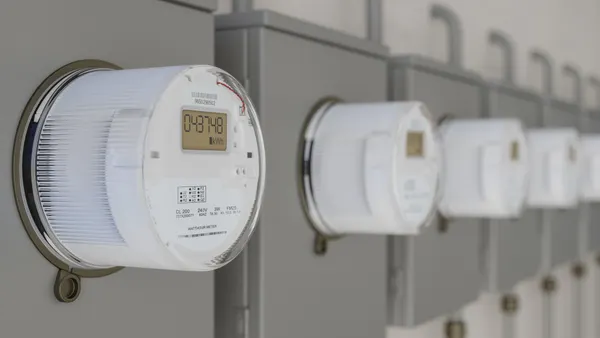Dive Brief:
- The Iowa House of Representatives passed House File 2448 by a 63-33 vote on Wednesday, Radio Iowa reports. The bill would change the rules under which state regulators can grant an independent transmission developer the authority to exercise eminent domain to obtain rights of way (ROWs) across private lands.
- If passed by the Senate, developers would have to get ROW agreements from 75% of property owners along an electric line’s route within three years or the Iowa Utilities Board would not be able to grant the authority necessary to compel cooperation from reticent landowners along a project’s route.
- The proposed law could block completion of the Rock Island Clean Line, a $2 billion, 500 mile high-voltage direct current (HVDC) transmission project planned by Clean Line Energy Partners (CLEP). If completed, the line would deliver up to 3,500 MW of Iowa wind energy to load centers in the eastern U.S.
Dive Insight:
If the Iowa bill passes, it could scuttle CLEP's multi-year effort to settle on a route for its controversial Rock Island line.
Since announcing the line in November 2014, the developer has struggled with opposition to the project from landowners who question the necessity of the transmission and object to the project being built through their land. The Iowa bill would make that effort even more difficult, requiring 75% of property owners in a project's path to assent to it before utility regulators can grant a developer eminent domain powers.
Currently, no such requirement exists. The Iowa Utility Board can grant eminent domain powers to any entity that can prove a project provides enough public benefits to justify the taking of private property. Since 2000, regulators have granted such authority to two pipelines and five transmission lines, according to an IUB document.
If the bill passes, CLEP could appeal to the federal government for eminent domain powers, as it did with its Plains and Eastern transmission project further to the south.
After Arkansas legislators prohibited regulators from granting state eminent domain authority, CLEP entered into a partnership with the U.S. Department of Energy to obtain federal authority to override the state action. Plains and Eastern is a $2 billion, 705-mile, HVDC transmission system that would deliver 4,000 MW of Texas and Oklahoma wind energy to the Southeast.
CLEP could also take that approach in Missouri, where it is working to site the Grain Belt Express, a $2 billion, 750 mile, HVDC system that would move 3,500 MW of Kansas wind energy to points further east.













